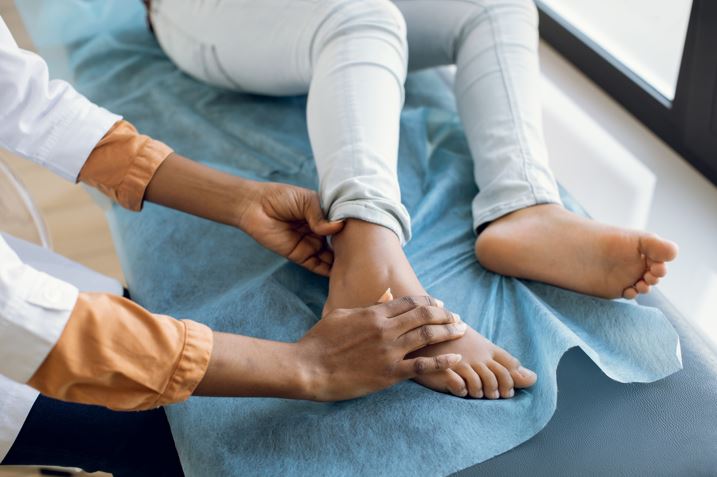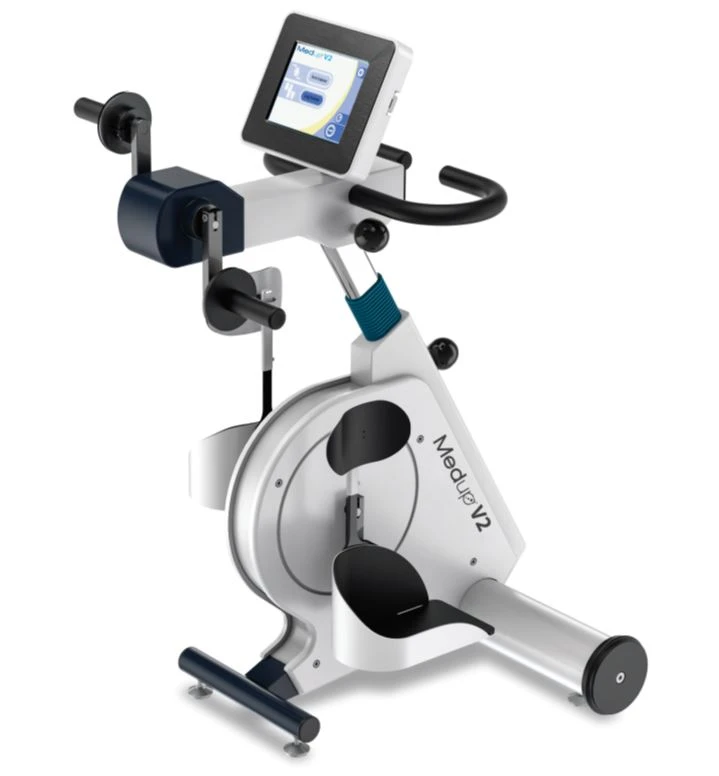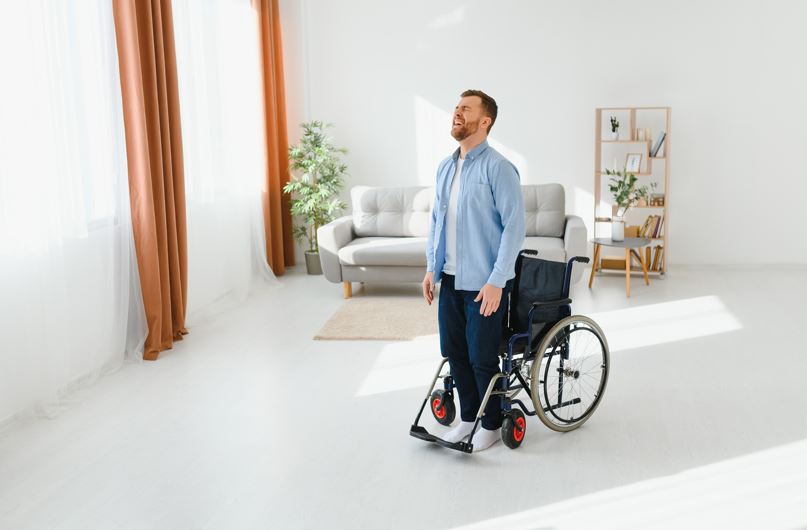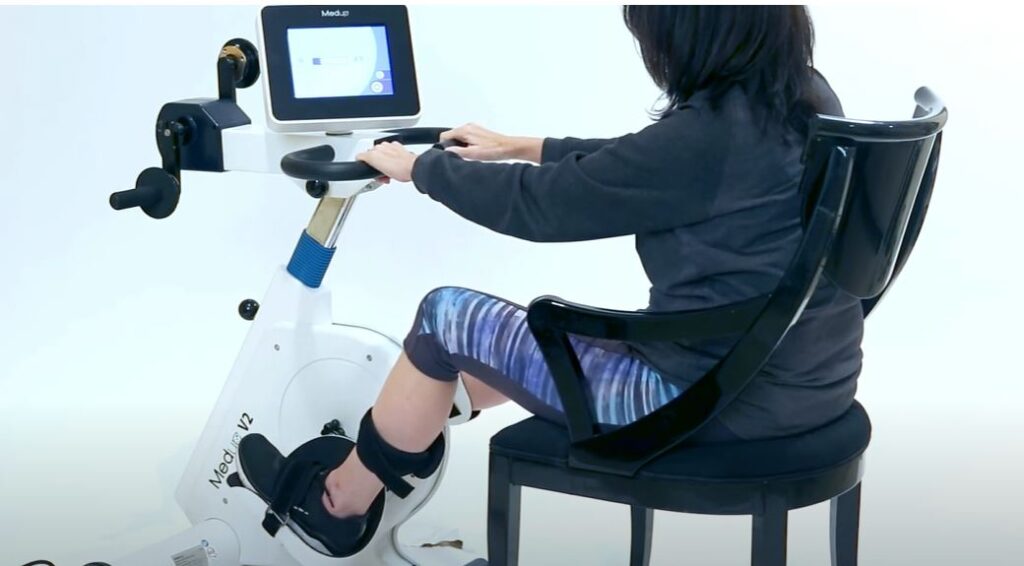When it comes to rehabilitation and fitness for individuals with chronic diseases, severe injuries, or deconditioning, understanding the different types of training modalities can make a significant difference. One advanced method that stands out is isokinetic training. This article delves deeply into how isokinetic training differs from passive, assisted, and active training modes, highlighting its unique benefits for those with chronic conditions or injuries.
What is Isokinetic Training?
Isokinetic training is a specialized form of exercise where the speed of movement is kept constant throughout the entire range of motion. This means that regardless of how much force is applied, the speed of the exercise remains unchanged. This is achieved using sophisticated equipment that adjusts resistance to match the individual’s strength at any given point in the movement.
Isokinetic Training vs. Passive Training
Passive training involves movement performed by an external force, typically without any active effort from the individual. This can be achieved through devices that move the limbs or through manual assistance. The primary goal of passive training is to maintain joint mobility and prevent stiffness.
Key Differences:
- Control and Engagement: In isokinetic training, the individual actively participates by exerting force against the resistance provided by the machine. In contrast, passive training requires no effort from the user, as the movement is controlled externally.
- Muscle Activation: Isokinetic training promotes muscle activation and strengthening, as the individual works against the resistance. Passive training does not actively engage the muscles, making it less effective for building strength.
Benefits of Isokinetic Training:
- Enhanced Muscle Strength: Isokinetic training provides a controlled environment where muscles are worked throughout the entire range of motion, enhancing strength and endurance.
- Improved Joint Function: By maintaining consistent resistance, isokinetic training helps in improving joint stability and functionality, which is crucial for those recovering from injuries or surgeries.
Isokinetic Training vs. Assisted Training
Assisted training involves providing external support to help individuals perform exercises that they might struggle with on their own. This can include using support harnesses, pulleys, or other aids to reduce the load or assist with movement.
Key Differences:
- Level of Assistance: Assisted training offers varying levels of support to facilitate movement, which can be particularly helpful for those with limited strength. Isokinetic training, however, requires the individual to exert effort consistently, though the resistance is dynamically adjusted to match their capabilities.
- Exercise Modality: Assisted training can be used for a variety of exercises and often involves external aids, whereas isokinetic training specifically focuses on maintaining a constant speed of movement regardless of the force applied.
Benefits of Isokinetic Training:
- Consistent Resistance: Unlike assisted training, which adjusts support, isokinetic training ensures that resistance is consistently applied, promoting balanced muscle development and joint rehabilitation.
- Precision and Control: Isokinetic training provides precise control over the speed and resistance of the exercise, allowing for tailored rehabilitation programs based on the individual’s needs.
Isokinetic Training vs. Active Training
Active training requires the individual to actively engage their muscles to perform exercises. This type of training can vary from low-intensity activities to high-intensity workouts and typically involves the user exerting effort without external assistance.
Key Differences:
- Resistance Management: In active training, the resistance level is often fixed and does not adjust based on the individual’s effort. Isokinetic training, however, adapts the resistance dynamically to match the user’s force output throughout the movement.
- Speed Control: Active training may involve varying speeds and resistance levels, whereas isokinetic training maintains a constant speed, focusing on the quality of movement and resistance control.
Benefits of Isokinetic Training:
- Maximized Efficiency: Isokinetic training allows for efficient and effective muscle engagement by ensuring that the resistance adapts to the user’s strength, optimizing the workout while minimizing the risk of injury.
- Rehabilitation and Recovery: For individuals with chronic conditions or recovering from injury, isokinetic training offers a controlled environment that supports gradual progression and enhances recovery by minimizing joint stress and promoting muscle healing.
Why Isokinetic Training is Beneficial for Chronic Conditions and Rehabilitation

For individuals with chronic diseases or those recovering from severe injuries, isokinetic training is beneficial and presents several unique advantages:
- Customization: Isokinetic training machines can be finely tuned to accommodate varying levels of strength and mobility, making them suitable for a broad range of conditions and rehabilitation needs.
- Safety and Injury Prevention: The constant speed and adaptive resistance reduce the risk of overexertion and injury, providing a safe environment for individuals to rebuild strength and mobility.
- Improved Functional Outcomes: By focusing on both muscle strength and endurance at a consistent speed, isokinetic training enhances functional performance and can improve daily living activities, which is crucial for individuals with degenerative diseases or those recovering from accidents.
On a Path to Improved Rehabilitation
Understanding the distinctions between isokinetic, passive, assisted, and active training is essential for selecting the most appropriate exercise modality for rehabilitation and fitness. Isokinetic training stands out due to its ability to maintain a constant speed of movement while dynamically adjusting resistance. This unique feature provides tailored, efficient, and safe training that is especially beneficial for individuals with chronic conditions, severe injuries, or deconditioning.
Whether you’re working to regain strength after an injury, manage a chronic disease, or improve overall function, incorporating isokinetic training into your regimen can offer significant benefits. For those considering advanced training solutions, isokinetic equipment offers a sophisticated and effective approach to achieving your fitness and rehabilitation goals.







